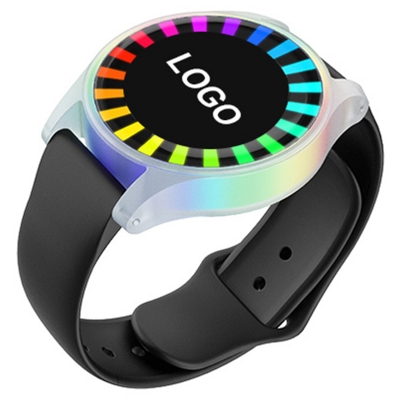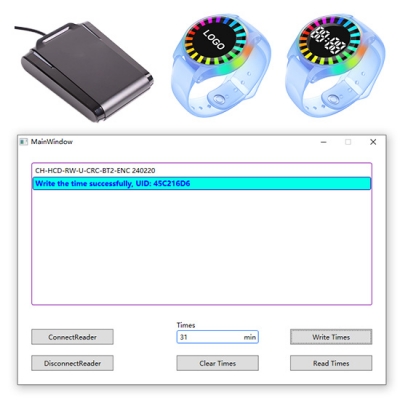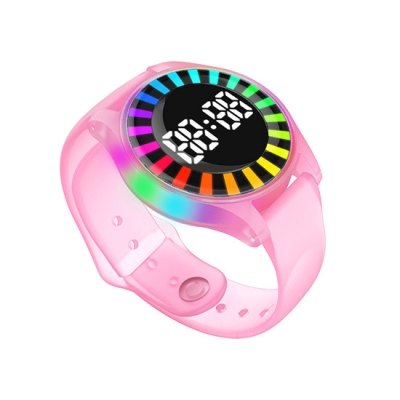In today's fast-paced business environment, efficient inventory management is crucial for the success of any organization. Traditional inventory management methods often rely on manual processes, which are time-consuming, prone to human errors, and can lead to inefficiencies. However, with the advent of RFID (Radio Frequency Identification) technology, businesses can revolutionize their inventory management systems and achieve greater operational efficiency. There are many advantages to using RFID inventory tracking tags to manage inventory.
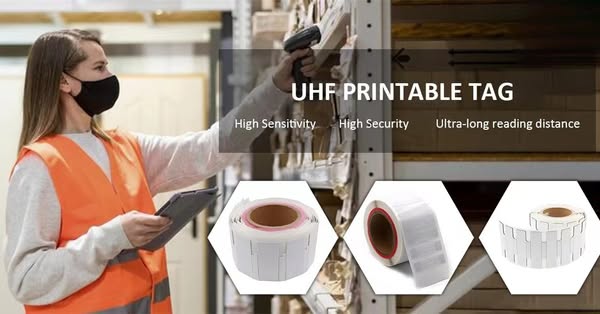
One of the key advantages of RFID technology in inventory management is the ability to track items in real time. Unlike traditional barcodes that require line-of-sight scanning, RFID inventory tracking tags can be read wirelessly, allowing for faster and more accurate inventory counts. By placing RFID readers throughout the warehouse or storage area, businesses can automatically track the movement of goods, monitor stock levels, and receive instant alerts for low inventory or stockouts. This real-time visibility enables businesses to make data-driven decisions, optimize stock replenishment, and reduce carrying costs.
● Improved inventory accuracy
RFID technology eliminates the need for manual data entry by automating the identification and tracking of inventory items. Each RFID inventory control tag contains a unique identifier, which can be associated with specific product information in the central database. As a result, the risk of errors caused by human intervention, such as incorrect data entry or misplaced items, is significantly reduced. This improved accuracy leads to reduced stock discrepancies, minimized out-of-stock situations, and improved customer satisfaction.
●Streamlined receiving and shipping processes
RFID technology simplifies and speeds up the receiving and shipping processes. When goods arrive at a warehouse, RFID tags attached to the items can be quickly scanned, and the information is automatically recorded in the inventory system. This eliminates the time-consuming manual process of individually scanning each item. Similarly, during the shipping process, RFID asset tracking tags can be used to verify the accuracy of picked items and ensure that the correct products are delivered to the right customers. This streamlined process reduces errors, shortens fulfillment cycles, and enhances overall supply chain efficiency.
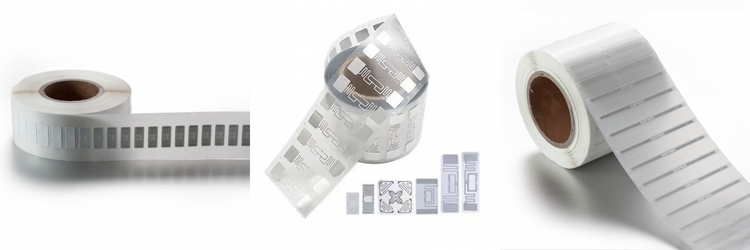
● Enhanced theft prevention and security
RFID technology aids in inventory management by offering enhanced theft prevention and security measures. By placing RFID tags on high-value or sensitive items, businesses can set up electronic surveillance systems that detect unauthorized movements or potential theft. If an item with an RFID asset tracking sticker is taken outside the authorized area, the system can trigger an alarm, alerting security personnel in real time. This promotes a safer work environment and deters theft, reducing shrinkage and financial losses.
● Demand forecasting and analytics
The data collected from RFID tags can be used for advanced analytics, facilitating accurate demand forecasting and optimizing inventory levels. By analyzing historical sales data, businesses can identify trends and patterns, understand customer behavior, and make informed decisions regarding stock replenishment, production planning, and product lifecycle management. The insights gained from RFID-enabled analytics enable businesses to reduce stockouts, eliminate excess inventory, and improve overall supply chain efficiency.
Meihe's Uhf Rfid inventory tracking tag is a high performance UHF RFID tags, which works at 860~ 960 Mhz with Alien Higgs 3 chip embedded. Our labels streamline processes, capturing data quickly and seamlessly. Minimize errors in inventory counting and tracking. By automating tasks, you can free up staff to focus on more value-added activities, reducing unnecessary labor expenses. For more information, please visit www.rfidcardfactory.com or contact us at sales@mhgyjs.com











